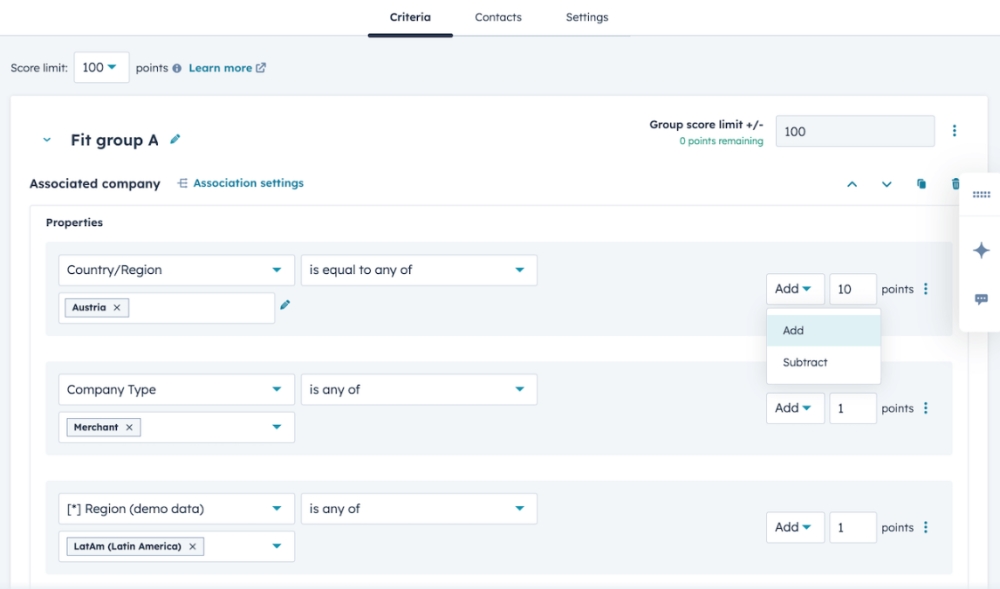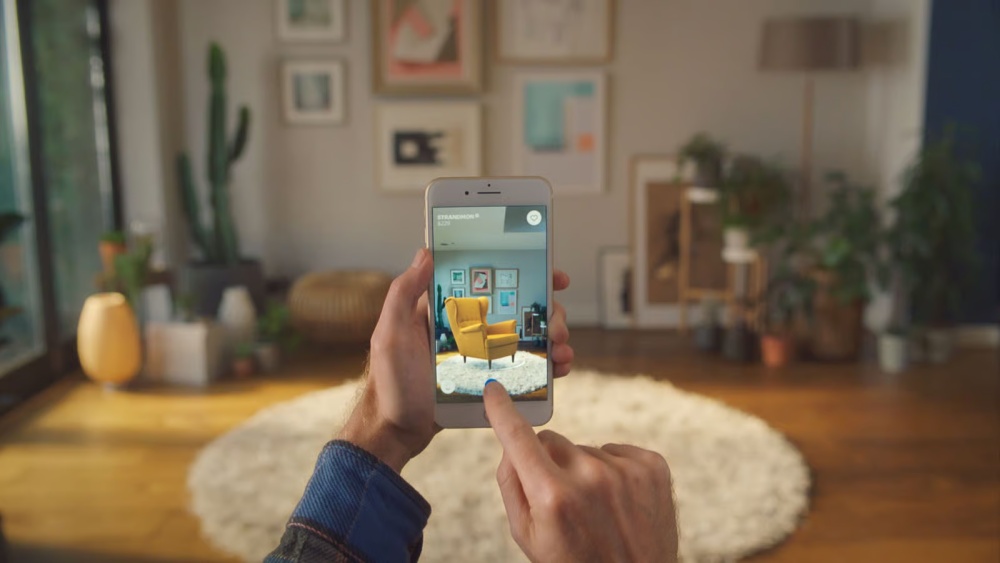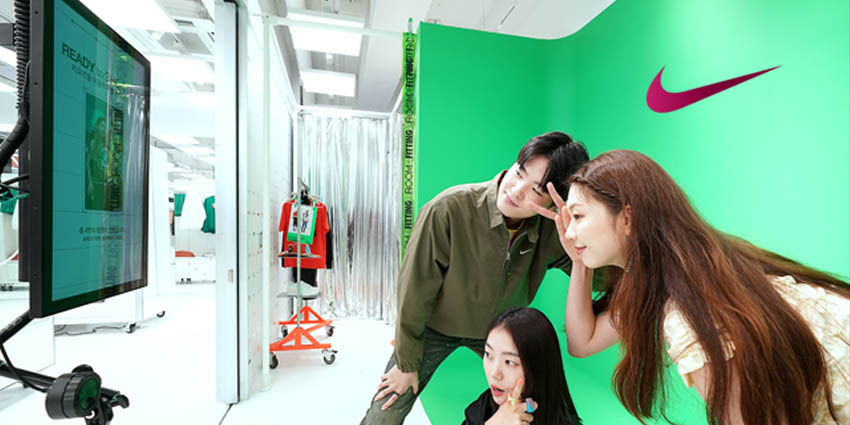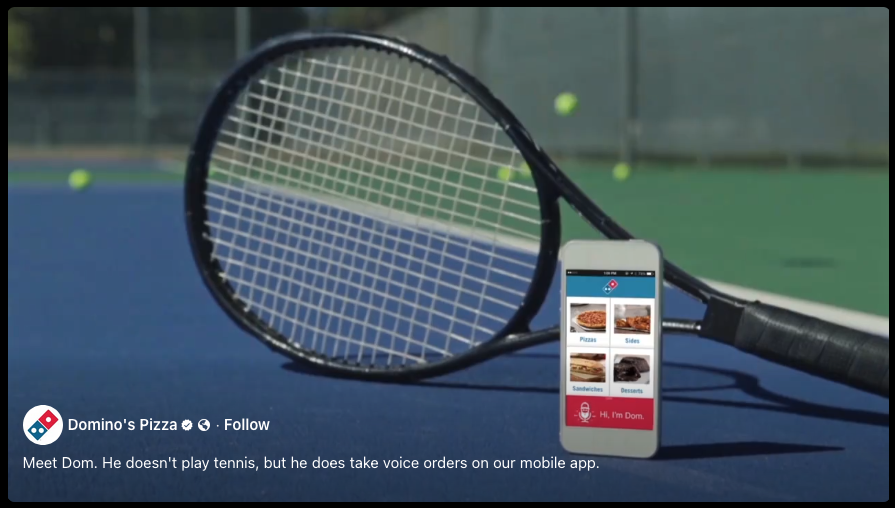
Quick Summary
- Put AI on your creative team, not in the director’s chair.
- Let your content listen before it speaks by adapting headlines, visuals, and offers in real time based on what your audience is doing.
- Optimize for algorithms that summarize, not just search.
- Use short-form for visibility and long-form to earn trust, authority, and backlinks.
- Make your brand feel like a community by blending purpose, personalization, and cross-channel consistency.
Marketers already have more AI tools than they know what to do with. The real challenge in 2026 is going to be figuring out how to keep things human and original.
Your audience wants personalization and truth. They crave information that speaks to them. You want to scale and deliver, but not at the expense of sounding like you outsourced your brand voice to a robot.
We’ve identified five big shifts you’ll need to master to stay relevant, build trust, and use AI to enhance what makes your brand real.
1. The AI‑Native Creative Engine
AI launched as a novelty in marketing. It has since become a necessary collaborator, but using it to its fullest potential requires strategy.
Marketers should focus on building systems where AI handles the heavy lifting and marketers invest in creativity, strategy, and connection.
Using AI to augment, not author
You can generate dozens of headline variants, audience‑tailored drafts, or microcopy options via AI. But you must remain the curator of tone, narrative, and emotional arcs. AI should serve ideation, speed, and variation; humans must steer coherence and brand voice.
(Remember our rule of thumb: to create excellent work, AI gets you 80% of the way there; you need humans for the last 20%.)

Coca-Cola’s “Create Real Magic” campaign is a great example. The brand invited digital artists to use tools like DALL·E and GPT‑4 to design creative assets, then showcased selected work on real-world billboards. AI sparked human creativity and brought more people into the storytelling process.
Personalizing based on actions
Instead of segmenting by demographics, AI can build segments based on what your audience is doing. For example, you can map key signals (cart abandonment, content browsing depth, session duration) and feed those into tools like Dynamic Yield or Adobe Target. They will swap headlines, images, or CTAs instantaneously.
Netflix famously tested multiple thumbnail versions per user. Their strategy reportedly increased CTR by ~20 %.
Spotting opportunities before they happen
AI looks at patterns to predict what will happen next. It can pinpoint customers who might churn or who might be ready to upgrade, for example.
Tools like HubSpot’s Predictive Lead Scoring or Salesforce Einstein make it easy to surface those insights. From there, you can take action right away with personalized emails, push notifications, or SMS, while the window of opportunity is still open.

2. Conversational Search and AI SEO
The way people search is shifting. Rather than searching for keywords, they’re talking to AI assistants. They’re asking full (and often niche) questions, and expecting clear, immediate answers.
To stay visible, your content needs to speak the same language, literally and structurally.
SEO evolves into AI SEO
AI agents like ChatGPT and Perplexity have entered the chat. Search is no longer just “Googling.” To stay ahead, content must be crisp, structured, and skimmable.
Think clean answer blocks, strong metadata, and smart use of schema markup. This makes it easier for AI to pull your content into summaries and recommendations.
Natural language content wins
Keywords alone are no longer enough to rank. Search engines connect the exact phrasing of a user’s query with the most relevant content.
Here’s how to get ahead:
- Use headings in full natural phrases (for example, How can marketers use AI for content creation?).
- Include FAQs to capture more full-phrase queries.
- Write the way your audience talks.
- Avoid jargon and shortcuts.
- Read it aloud and rework anything that doesn’t sound like something people would actually say.
Tools like AnswerThePublic and Google’s “People Also Ask” can help you find the exact phrasing your audience is using. The more your content mirrors real questions, the more likely it is to be picked up by AI engines.
Voice commerce optimization
People are choosing talking over typing, especially when they want to buy something. As voice platforms become more common, your content needs to keep up. Focus on queries like “best running shoes near me” or “order refill from pharmacy,” and back it up with local SEO and structured data (like LocalBusiness or Product schema).
Domino’s voice ordering assistant, “Dom,” made it easier for customers to reorder just by speaking. Connected with smart speakers, mobile devices, and even car dashboards, Dom streamlined the ordering process down to a few words. It also helped drive repeat orders at scale.
3. The Two‑Speed Content Model
Content marketing in 2026 is dual speed. You need a system that captures attention in seconds and holds it for the long haul. That means mastering both short-form and long-form formats, and knowing when to use each.
Short‑form for discovery
Short videos on TikTok, YouTube Shorts, and Instagram Reels are where audiences stumble across your brand for the first time. The hook matters: Grab attention within the first three seconds using trends, sounds, or surprising visuals. Native quick hits spark curiosity and kick off the brand journey.
Long‑form for trust
Once you’ve earned attention, go deeper. Whitepapers, webinars, and in-depth blog posts show you know your stuff. They generate backlinks, feed AI models, and build lasting credibility.
A smart move is to slice long-form pieces into short clips to expand reach. Then turn top-performing shorts into deeper content your audience can explore.
Interactive and immersive content
Turn your content into a toy store. Kids linger because of demos on display; customers linger when they have something to try for themselves, too.
The brands that keep people around are the ones that invite them to play. Interactive elements like AR filters, quizzes, or 3D product previews offer a strategic way to increase dwell time and build interest.

Sephora nailed this with its AR try-on tool, which led to longer site visits and higher conversion rates. When people can interact, they’re browsing and connecting.
4. Authenticity-First Marketing
Your audience wants to see what you stand for. The brands that win will be the ones that earn trust through consistent action and real communities.
Customers say authenticity wins, but how do you do it? Here’s how to turn values into a competitive advantage.
Real commitments, not greenwashing
Your audience is watching what you do beyond what you say. Trade vague mission statements for tangible steps your brand is taking, whether it’s sustainable sourcing, inclusive hiring, or community investment.

One of the most enduring examples is Patagonia’s “Don’t Buy This Jacket” campaign. A bold message worked because the company followed through.
Lead with transparency, even when it’s uncomfortable
Authenticity starts with being honest, especially when things don’t go perfectly. Customers can spot spin a mile away, but they’ll respect brands that own their mistakes and share how they’re making things right.
This kind of openness builds long-term trust and separates real brands from those just trying to save face.

For example, beauty brand Glossier faced backlash over a lack of diversity in its leadership and customer experience. In response, the company committed $500,000 to Black-owned beauty businesses. The move served as a transparent step toward better alignment with its community and demonstrated it’s listening to its audience.
Make your team part of your brand story
People trust people more than logos. Highlighting the real humans behind your business (your team, your creators, your customers) builds relatability and credibility.
When you bring internal voices forward, you’re sharing a unique perspective that makes your brand authentic and original.
Outdoor Voices built a strong reputation by showcasing real users and team members in their campaigns. Moving away from hyper‑idealized images toward more relatable stories makes their mission real.
5. Physical and Digital In a Seamless Experience
Customers don’t follow a straight path to engagement, and your marketing shouldn’t either. They’re scanning codes in stores, clicking ads on phones, talking to chatbots, and visiting websites, all before making a decision. Your marketing should feel intentional and connected through every step.
Winning brands in 2026 are the ones that make digital and physical touchpoints work together.
Integrated experiences win
Smart brands turn everyday interactions into experiences. You might send a direct mailer with a QR code that opens an AR demo, or hand out samples that kick off a personalized retargeting sequence.

IKEA’s AR app is a great example. It lets shoppers visualize furniture in their space before making a decision, turning their phone into a personal showroom.
Turn physical moments into digital gateways
Your packaging, store displays, mailers, and even receipts can double as portals to deeper experiences. A simple QR code or NFC chip can unlock product tutorials, loyalty perks, AR demos, or exclusive content. These touchpoints extend engagement and turn passive moments into active brand interactions.

Nike’s concept store in Seoul embedded QR codes into apparel displays. Shoppers could scan items to unlock product stories, virtual try-ons, and mobile checkout. It blended showrooming with ecommerce in a way that felt sleek, not salesy.
Marketer Takeaways
The future will belong to those who don’t fear AI but use it to amplify what makes brands human: warmth, trust, and narrative.
Here’s what matters most as you adapt to the era of augmented marketing,
- Use AI to enhance your voice. Let machines handle scale and variation, but keep people in charge of tone, story, and brand consistency.
- Segment by behavior and intent. Real-time signals drive far better personalization than static demographic profiles.
- Build for both speed and depth. Short-form content fuels discovery; long-form content builds trust, backlinks, and thought leadership.
- Design content for AI discovery. Structure pages with natural language questions and clear metadata so AI engines surface your content in summaries and citations.
- Put real people in the spotlight. People are more likely to trust a brand when they can see the humans behind it.
- Think beyond digital vs. physical. Seamless omnichannel experiences (QR-enabled print, AR-enhanced retail, synced email and SMS) are the new standard.
Media Shower’s AI-powered platform helps you integrate AI into your marketing stack without losing your (human) voice. Click here for a free trial.



